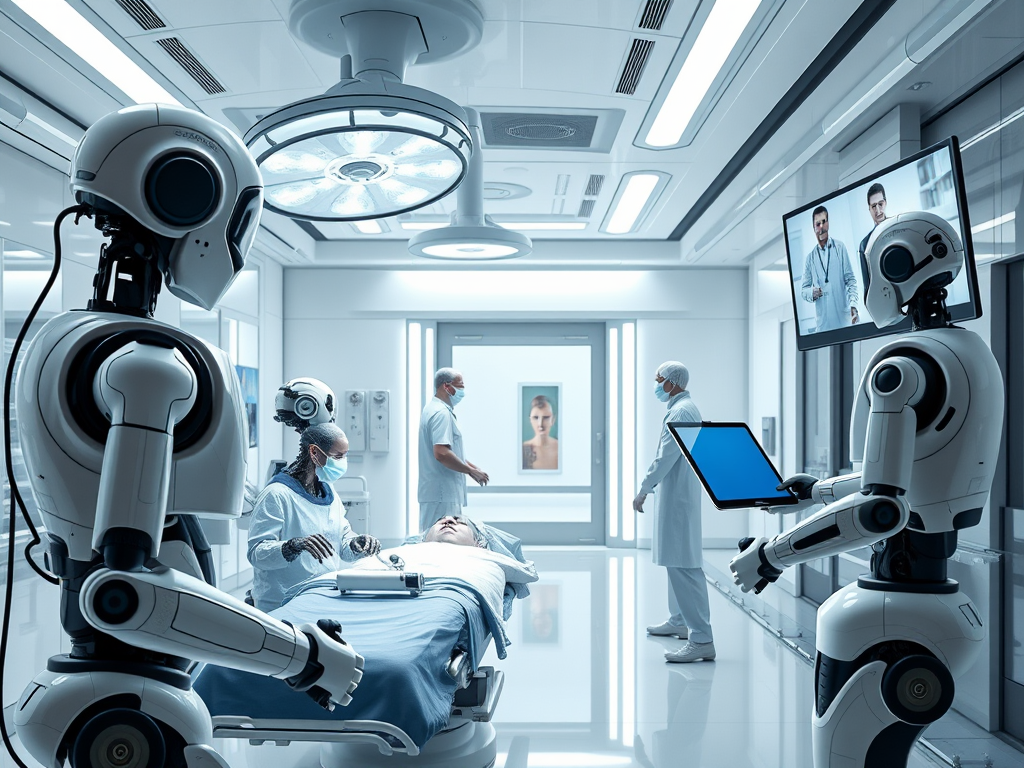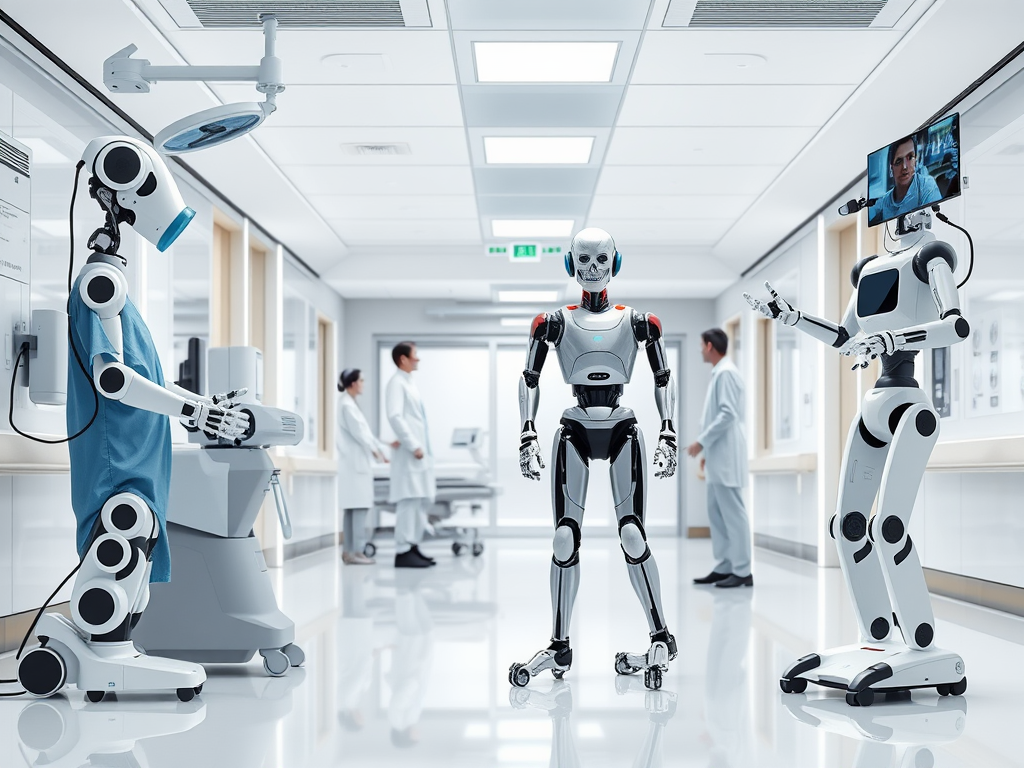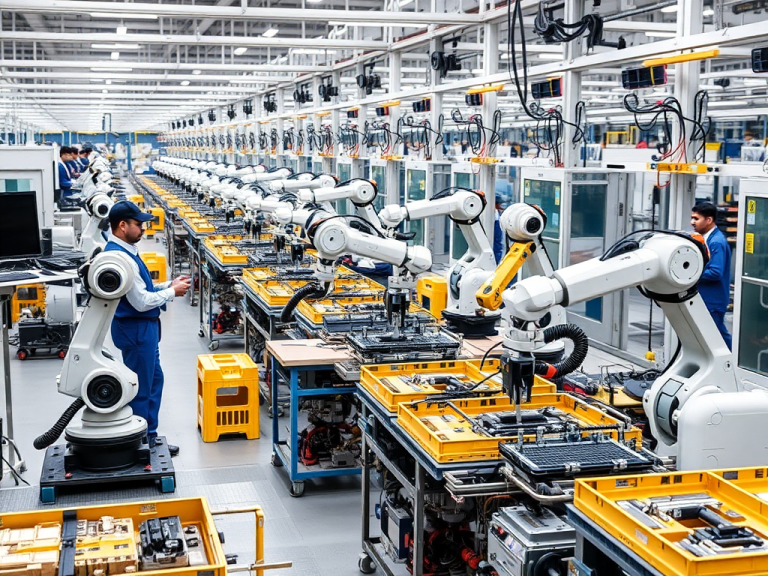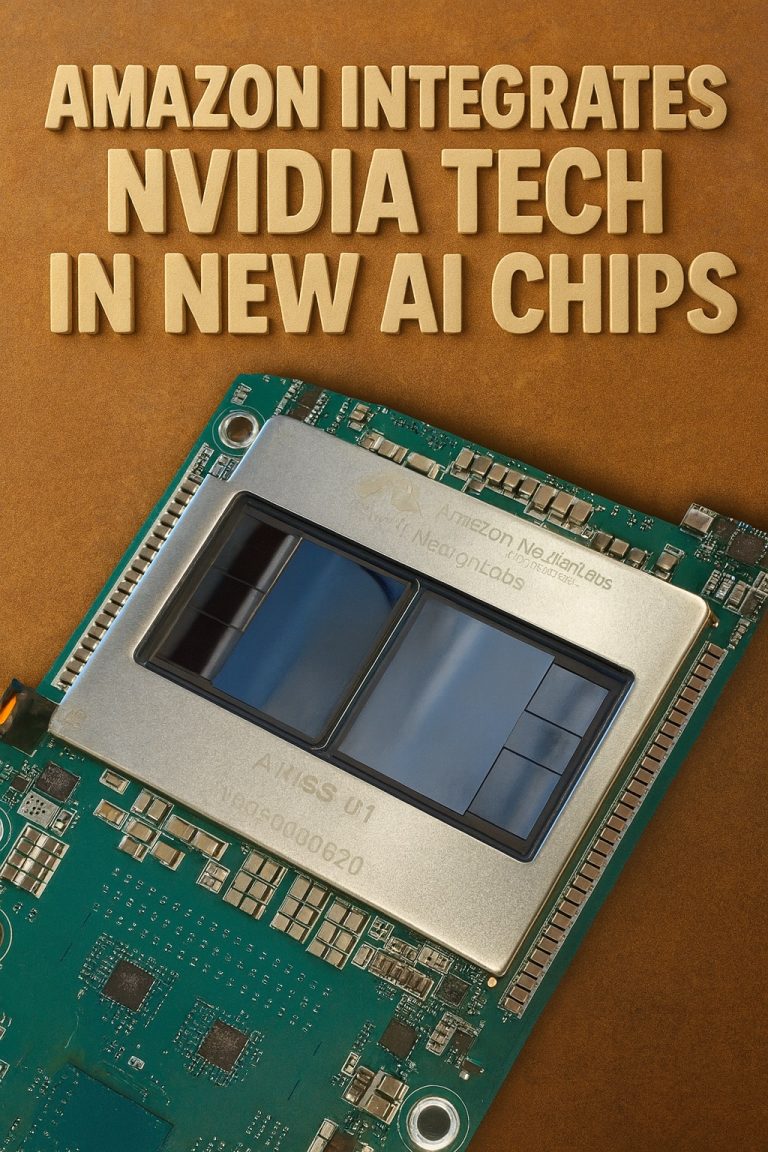
Robotics in Healthcare
Introduction
Robotics is transforming the healthcare industry, offering innovative solutions that improve patient care, enhance surgical precision, and streamline hospital operations. As technology advances, the use of robots in healthcare continues to grow, leading to better outcomes for patients and healthcare providers alike. This article will explore the various applications of robotics in healthcare, highlighting their benefits, challenges, and future potential.
Surgical Robots
Precision in Surgery
Surgical robots, like the da Vinci Surgical System, have revolutionized the way surgeries are performed. These systems provide surgeons with enhanced precision and control. Using robotic arms that can maneuver with great accuracy, surgeons can make smaller incisions, which leads to less pain, reduced blood loss, and quicker recovery times for patients. Patients who undergo robotic-assisted surgeries often experience shorter hospital stays and faster returns to their daily activities.
Use in Different Areas of Medicine
Robotic technology is being applied across various medical specialties:
- Urology: In urology, robotic systems are commonly used for procedures such as prostatectomies, where precision is crucial for preserving surrounding nerves and tissues.
- Gynecology: Robotic-assisted surgeries, like hysterectomies, allow for minimally invasive approaches, reducing recovery time and improving patient comfort.
- Orthopedics: In orthopedics, robots assist with knee and hip replacements, helping surgeons align implants more accurately. This precision can lead to better long-term outcomes for patients.
Rehabilitation Robots
Helping Patients Regain Movement
Rehabilitation robots, including robotic exoskeletons, play a crucial role in helping patients recover mobility after injuries or surgeries. These devices support the body and assist with movements, making physical therapy more effective. For example, patients who have suffered strokes or spinal cord injuries can use exoskeletons to practice walking again, promoting motor function recovery.
Personalized Recovery Programs
Robotic rehabilitation systems can create tailored exercise programs based on individual patient needs. By providing real-time feedback, these systems help patients progress at their own pace. This personalized approach can lead to faster recovery times and greater overall success in rehabilitation.
Telepresence Robots
Remote Healthcare Access
Telepresence robots allow healthcare professionals to interact with patients remotely. Equipped with cameras, microphones, and speakers, these robots enable doctors to conduct virtual consultations from anywhere. This is particularly beneficial for patients living in rural or underserved areas who may have difficulty accessing specialized care.
Support in Emergency Situations
In emergency situations, telepresence robots can facilitate immediate assessments and interventions. Specialists can guide local healthcare teams through critical procedures without being physically present. This capability can be lifesaving, especially in urgent care scenarios.
Hospital Automation
Streamlining Hospital Operations
Robots are increasingly being used for logistical tasks within hospitals. For example, autonomous mobile robots can transport medications, surgical instruments, and linens throughout the facility. By taking on these repetitive tasks, robots free up healthcare staff to focus on more critical patient care activities.
Efficient Inventory Management
Robotic systems can also assist in managing hospital inventories. These systems track supplies and alert staff when items are running low, ensuring that essential materials are always available. This automation reduces the risk of stock shortages and helps maintain smooth hospital operations.
Challenges and Considerations
Cost and Accessibility
One significant challenge in adopting robotics in healthcare is the high cost of robotic systems. Many hospitals, especially smaller ones, may struggle to afford these technologies. Ensuring equitable access to robotic solutions is essential for maximizing their benefits across the healthcare system.
Training Requirements
Successful implementation of robotics requires proper training for medical professionals. Healthcare workers must be skilled in using robotic systems effectively, which can involve a steep learning curve. Additionally, integrating robotics into existing workflows can present challenges that need careful management and support.
Future Trends
Integration of Artificial Intelligence
The integration of artificial intelligence (AI) with robotics is poised to enhance their capabilities even further. AI can improve surgical precision by analyzing data and providing real-time insights during procedures. It can also assist in diagnostics, helping doctors make more informed decisions based on patient data.
Expanding Applications in Healthcare
The future of robotics in healthcare holds exciting possibilities, including:
- Elderly Care: Robots designed to assist older adults with daily tasks, such as medication reminders or mobility support, can enhance their quality of life and promote independence.
- Mental Health Support: Robots that provide companionship and therapeutic support can help individuals struggling with mental health issues, offering a non-judgmental presence and encouraging engagement.
Conclusion
Robotics is a powerful and transformative force in healthcare, offering innovative solutions that improve patient outcomes, enhance surgical precision, and streamline hospital operations. As technology continues to evolve, the potential for robotics in healthcare is immense, promising a future where patients receive better care and healthcare providers can work more efficiently. By addressing challenges such as cost and training, the healthcare industry can fully harness the benefits of robotics, ultimately leading to a healthier world for all.







